When can baby taste food in womb
When do babies develop taste buds?
What foods and flavors will your baby like and dislike? Genetics are key, but other factors play a role too. Babies start to develop taste buds during the first trimester, and in a way, can taste in the womb because molecules of the food you eat pass through your bloodstream and into the amniotic fluid. The food you eat while pregnant can even influence your child’s sense of taste and their food preferences when they're older.
Your baby’s taste buds: Timeline
Your baby's tongue starts taking shape when you're just 4 to 5 weeks pregnant. When you’re 8 weeks pregnant, primitive taste buds appear, and many more develop between weeks 11 through 13, but they're not yet able to transmit actual taste sensations. That won't begin to happen until weeks 14 to 15, when nerve cells start making connections between the developing buds and the nerves that send taste messages to your baby's brain.
By about 30 weeks, many of your baby's taste buds – and their nerve connections – are fully formed and operational.
Can babies taste in the womb?
In a way, yes – babies can taste in the womb. Molecules of the food you eat pass through your bloodstream and into the amniotic fluid. Flavors are transmitted from your diet to amniotic fluid in the womb and breastmilk after birth, so breastfed babies are more accepting of various flavors.
The senses of smell and taste are very closely connected. Taste buds allow us to tell if something is sweet or bitter, salty, or sour, but smell helps us identify the specific flavor of food. The special cells that your baby needs for their sense of smell start developing around weeks 9 to 11 of pregnancy.
If you’re craving spicy curry and putting hot sauce on everything, don’t worry. Although your baby can detect some flavors and smells, there's no evidence that spicy food can harm your baby. (It might, however, make you uncomfortable: Hot and spicy foods can aggravate morning sickness and heartburn, a common complaint during pregnancy. )
)
At birth, your baby's new taste buds are very sensitive, and they can taste sweet, sour, and bitter flavors. Babies universally prefer sweet, which is one reason they love the taste of your breastmilk. Your baby probably won't be able to detect salty flavors until they’re about 2 to 6 months old.
Can you influence your baby’s sense of taste?
Can what you eat during pregnancy influence the flavors your baby will enjoy later in life? Some research indicates yes. In a small study of pregnant women, those who drank carrot juice during the last weeks of pregnancy and while they were breastfeeding had babies who appeared to prefer carrot-flavored cereal over plain cereal at 6 months of age.
Experiments also have been done with garlic, anise (a licorice-flavored spice), mint, and vanilla. Infants who were exposed to these tastes in the womb tended to prefer these flavors both in breast milk and in solid food.
How to support your baby's taste bud development
The foods you eat during pregnancy could influence your baby’s sense of taste and which flavors your child will prefer later in life. But don't stress about it too much (morning sickness and food aversions can derail your typical eating patterns). Just try your best to eat a diet during pregnancy that's as varied and healthy as possible. Doing so will help you get plenty of the vitamins and minerals essential for baby’s health, too. The six most important nutrients for your baby’s development during pregnancy are:
But don't stress about it too much (morning sickness and food aversions can derail your typical eating patterns). Just try your best to eat a diet during pregnancy that's as varied and healthy as possible. Doing so will help you get plenty of the vitamins and minerals essential for baby’s health, too. The six most important nutrients for your baby’s development during pregnancy are:
Advertisement | page continues below
- Folic acid
- Iron
- Calcium
- Vitamin D
- DHA
- Iodine
Take your prenatal vitamin every day and talk with your healthcare provider about whether you’re getting enough of these essential nutrients for baby’s growth. And finally, just keep in mind the basic food safety rules for pregnancy. No runny eggs or unpasteurized cheese, for example, and be sure to limit your caffeine consumption.
Key milestones in baby taste bud development
| Weeks pregnant | Milestone |
|---|---|
| 4-5 weeks | The tongue and roof of the mouth (palate) start to form. |
| 8 weeks | Primitive taste buds appear. |
| 14-15 weeks | Nerves from taste buds begin connecting to the brain. |
| 30 weeks | Many taste buds are able to transmit taste signals to the brain. |
| Birth | Your baby can taste sweet, sour, and bitter flavors. Reactions to salty foods come later, usually by 6 months. |
Was this article helpful?
Yes
No
Baby's Palate, Food Memories Shaped Before Birth : NPR
Baby's Palate, Food Memories Shaped Before Birth Amniotic fluid and breast milk can be flavored by the food a mother eats. And memories of these flavors are formed before birth. That could result in preferences for these foods or odors for a lifetime.
Opinion
Your Health
Heard on Morning Edition
By
Gretchen Cuda-Kroen
Baby's Palate, Food Memories Shaped Before Birth
Mothers might not realize that the tastes and flavors they savor while pregnant can influence their babies' palates later. Maggie Starbard/NPR hide caption
Maggie Starbard/NPR hide caption
toggle caption
Maggie Starbard/NPR
Want your child to love veggies? Start early. Very early. Research shows that what a woman eats during pregnancy not only nourishes her baby in the womb, but may shape food preferences later in life.
At 21 weeks after conception, a developing baby weighs about as much as a can of Coke — and he or she can taste it, too. Still in the womb, the growing baby gulps down several ounces of amniotic fluid daily. That fluid surrounding the baby is actually flavored by the foods and beverages the mother has eaten in the last few hours.
"Things like vanilla, carrot, garlic, anise, mint — these are some of the flavors that have been shown to be transmitted to amniotic fluid or mother's milk," says Julie Mennella, who studies taste in infants at the Monell Chemical Senses Center. In fact, Mennella says there isn't a single flavor they have found that doesn't show up in utero. Her work has been published in the journal Pediatrics.
In fact, Mennella says there isn't a single flavor they have found that doesn't show up in utero. Her work has been published in the journal Pediatrics.
The Scent Of Amniotic Fluid
To determine if flavors are passed from the mother to the the baby via the amniotic fluid, researchers gave women garlic capsules or sugar capsules before taking a routine sample of their amniotic fluid — and then asked a panel of people to smell the samples.
"And it was easy," says Mennella. "They could pick out the samples easily from the women who ate garlic." The sense of taste is actually 90-percent smell, she added, so they knew just from the odor that the babies could taste it.
Mennella says she got the idea from dairy farmers, who in the 1960s and 70s were doing research on how the diet of the dairy cow impacted the flavor of the milk. She says cows that graze on wild garlic and onion, or who live in stinking barns, produce milk with distinct flavors.
But Mennella says that not only is the amniotic fluid and breast milk in humans flavored by food just like cows, but memories of these flavors are formed even before birth. That could result in preferences for these foods or odors for a lifetime. In other words, if you eat broccoli while you're pregnant, there's a much better chance your baby will like broccoli.
Mennella says this had already been observed in rabbits, so she decided to test it in human babies — with carrots. Pregnant women were divided into three groups. One group was asked to drink carrot juice every day during their pregnancy, another during breastfeeding and a third to avoid carrots completely. Then when the children began to eat solid food, researchers fed them cereal made either with water, or carrot juice and videotaped their responses.
Things like vanilla, carrot, garlic, anise, mint — these are some of the flavors that have been shown to be transmitted to amniotic fluid or mother's milk.
Julie Mennella, who studies taste in infants at the Monell Chemical Senses Center
Introducing Babies To Food Culture
"And just like the European rabbit, the babies who had experienced carrot in amniotic fluid or mother's milk ate more of the carrot-flavored cereal," says Mennella. "And when we analyzed the video tapes they made less negative faces while eating it."
"And when we analyzed the video tapes they made less negative faces while eating it."
This makes a lot of evolutionary sense, says Mennella. Since mothers tend to feed their children what they eat themselves, it is nature's way of introducing babies to the foods and flavors that they are likely to encounter in their family and their culture.
"Each individual baby is having their own unique experience, it's changing from hour to hour, from day to day, from month to month," says Mennella. "As a stimulus it's providing so much information to that baby about who they are as a family and what are the foods their family enjoys and appreciates."
That very idea got Matty Lau thinking 'how is it that kids in other cultures eat foods that are spicy, bitter, or have pungent flavors?' She's a Chinese-American who had a baby in late July and recalls growing up eating foods most American kids she knows would never touch.
"My parents are great cooks — and so they'll cook things like preserved oysters. I always wondered how it was that I was able to grow up eating bitter vegetables like kale and mustard greens and things like ginger," says Lau.
I always wondered how it was that I was able to grow up eating bitter vegetables like kale and mustard greens and things like ginger," says Lau.
Instilling A Love Of Chinese Flavors Before Birth
While she was pregnant, she consciously tried to provide her baby with the flavors she loves from her native Chinese cuisine. She the hopes that when her baby is older, it will share her love of flavorful food.
"I was really concerned that my child enjoy food as much as the rest of my family," says Lau.
University of Florida taste researcher Linda Bartoshuk says babies are born with very few hard and fast taste preferences. She says Mennella's work shows that very early exposures to flavors – both before and after birth — make it more likely that children will accept a wide variety of flavors. And when those early exposures are reinforced over a lifetime, Bartoshuk thinks they might have far-reaching implications, even promoting good eating.
"To what extent can we make a baby eat a healthier diet by exposing it to all the right flavors — broccoli, carrots, lima beans, et cetera? Could we do that or not? My guess is we could," says Bartoshuk.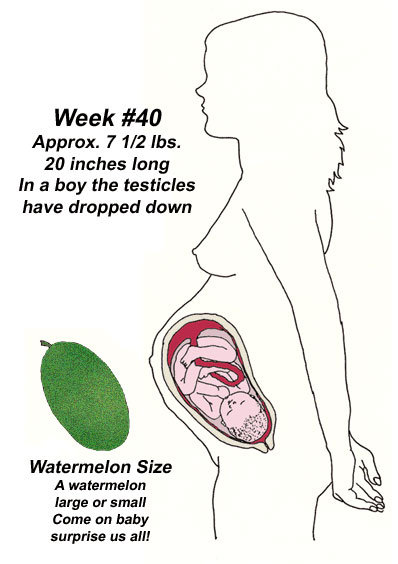
Menella acknowledges that many toddlers will still make a sour face when given broccoli, no matter how much the mother ate while pregnant. And maybe they will never like it. But she says parents should keep exposing young children to these flavors because they can eventually learn to like them.
Sponsor Message
Become an NPR sponsor
Most important months. How Life in the Womb Determines Our Habits, Tastes, and Diseases
© Kmikhidov/Shutterstock/FOTODOM
During the period of its intrauterine life, a child can acquire habits and dispositions that will stay with him for a long time. Here's how it happens - and how scientists hope to use this effect to prevent obesity, addiction and other diseases
What makes us who we are? Why, for example, do some people have a predisposition to depression, overweight or allergies? Why do some people love milk and drink it throughout their lives, while others refuse it from childhood?
The list of traditional answers to these questions always includes the words "genes" and "nurture". On the one hand, there are instructions iron-hardened in DNA that guide us, as if on rails. On the other hand, there is our childhood experience - how our loved ones treated us, what lifestyle we adopted from them, and what conclusions we made about the world around us.
On the one hand, there are instructions iron-hardened in DNA that guide us, as if on rails. On the other hand, there is our childhood experience - how our loved ones treated us, what lifestyle we adopted from them, and what conclusions we made about the world around us.
But there is another powerful source of influence, which is also not easy: our life in the womb. The types and amounts of food you received; pollutants, medications, and infections you have been exposed to; the mother's health, stress levels, and state of mind when she was pregnant with you - all of these factors shaped you as an infant and child and continue to influence you to this day.
Can listening to classical music during pregnancy really make a baby smarter? Will the choice of certain foods by the mother lead to the fact that the child will prefer them in the future? Let's try to figure out which ideas are justified and which are not.
Maternal obesity and metabolic problems
Is it possible to "earn" the tendency to obesity in nine months of prenatal development? The data on this subject are contradictory. A 2007 Harvard Medical School study found that the more weight a woman puts on during pregnancy, the greater the risk that her baby will be overweight by age three. More recent work on the same topic has shown that this effect also occurs during adolescence. The authors found an association between large weight gain during pregnancy and the future risk of obesity in adolescents (though only girls).
A 2007 Harvard Medical School study found that the more weight a woman puts on during pregnancy, the greater the risk that her baby will be overweight by age three. More recent work on the same topic has shown that this effect also occurs during adolescence. The authors found an association between large weight gain during pregnancy and the future risk of obesity in adolescents (though only girls).
On this topic
But how can we know that exposure during pregnancy is to blame - and not, say, genes? The researchers tried to clarify this. They compared children born to obese mothers with their siblings born after the mothers were treated. Children born later have inherited the same genes as their older siblings and (studies show) have similar eating habits, but they have experienced different intrauterine conditions.
In a 2006 study, the authors found that children born to cured women were 52% less likely to be obese. A later study by the same group of authors found that children born after their mothers had lost weight had a lower birth weight and were three times less likely to be severely obese than their older siblings.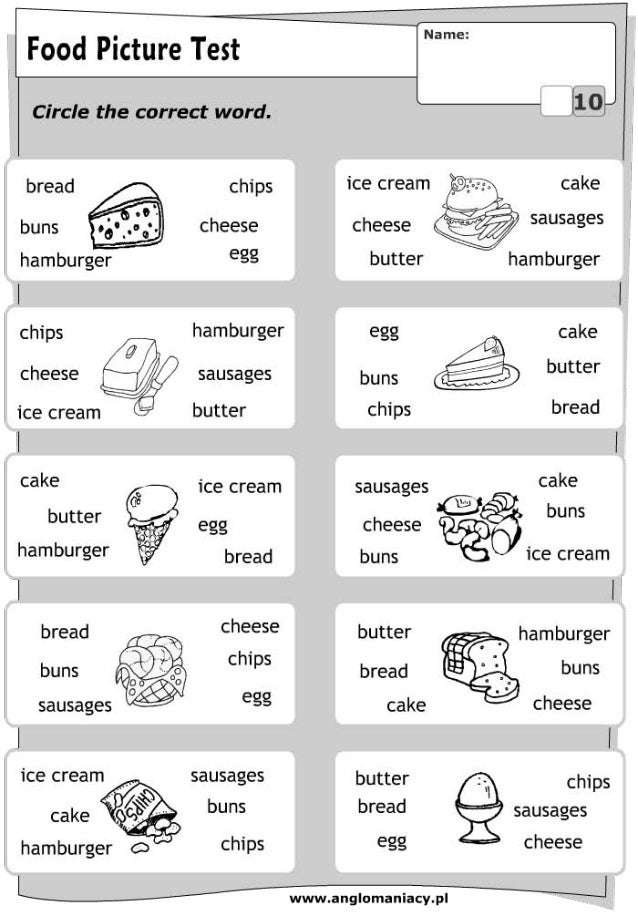
"I think these kids are lucky; their bodies process fats and carbohydrates in a healthier way than their siblings, who were affected by their mothers' metabolism when they were overweight," says John Kral, professor of surgery and medicine. at SUNY Downstate Medical Center in New York and co-author of both articles.
It is known that an excess of adipose tissue in itself affects metabolic processes - for example, it inhibits the absorption of insulin. It is likely that the close relationship between mother and child leads to long-term changes in gene expression. The information encoded in DNA does not change. But certain genes can be "turned off" (or, conversely, "turned on") under the influence of external factors. As a result, important proteins that determine metabolism may stop being produced.
Air pollution
There are many studies that point to a connection between living in places with dirty air and a whole bunch of disease states. In gassed cities and regions, children are born with a lower level of intelligence, such children are more likely to have signs of ADHD and hyperactivity. They also have a higher risk of autism and psychosis.
They also have a higher risk of autism and psychosis.
Frederica Perera of the Center for Environmental Health for Children at Columbia University has been interested in the effects of air pollution on fetuses for over 30 years. One of Perera's most striking studies was carried out in 1998 year. She sent 500 pregnant women roaming Upper Manhattan and the South Bronx wearing identical black backpacks, which they wore every waking moment for two days.
Related
Inside each backpack was an air quality monitor that continuously measured levels of polycyclic aromatic hydrocarbons, or PAHs, a type of pollutant that comes from car exhaust and is also present in fumes from cigarettes and factory smokestacks .
Meters found that 100% of women were exposed to PAHs during pregnancy. After the babies were born, an analysis of the umbilical cord blood of babies showed that 40% of them had minor DNA damage due to PAHs - damage that has been associated with an increased risk of developing cancer. Further analysis showed that children who were exposed prenatally to high levels of PAHs were more than twice as likely to have cognitive delay at three years of age. At the age of five, these children scored lower on IQ tests than children who had not been so exposed.
Further analysis showed that children who were exposed prenatally to high levels of PAHs were more than twice as likely to have cognitive delay at three years of age. At the age of five, these children scored lower on IQ tests than children who had not been so exposed.
“Over the years we've been tracking PAH exposure, New York City buses have switched to cleaner technologies and have introduced restrictions on idling diesel buses and trucks,” says Perera. pregnant women's blood, which means their fetuses are also exposed to less of these substances."
Stress and mental disorders
Maternal stress in a broad sense affects both the physical and mental health of the child - for example, it affects intelligence, temperament, and even the risk of mental illness. For example, there is evidence that pregnant women who have had to starve or experience other hardships give birth to children with a higher risk of developing schizophrenia.
Consider that schizophrenia is a complex disorder with many possible causes. It is wrong to reduce it only to the impact of "bad ecology". But a study based on 30 years of case reports from China's Anhui Province suggests that such factors may play a role.
It is wrong to reduce it only to the impact of "bad ecology". But a study based on 30 years of case reports from China's Anhui Province suggests that such factors may play a role.
In the middle of the 20th century, the inhabitants of this region suffered from acute malnutrition during the famine that accompanied the "Great Leap Forward" - a campaign of accelerated modernization started by the leader of the Celestial Empire, Mao Zedong. People born to malnourished women were twice as likely to develop schizophrenia as those born to mothers at more abundant times.
On this topic
Similar data are available from other countries. A study of the medical records of more than 88,000 people born in Jerusalem between 1964 and 1976 showed that the children of women who were two months pregnant in June 1967—during the Arab-Israeli Six-Day War—were significantly more likely to to the development of schizophrenia at a young age.
Katherine Monk, research assistant in the Department of Psychiatry at Columbia University, has made an even bolder suggestion: the mental state of a pregnant woman can shape the psyche of her offspring.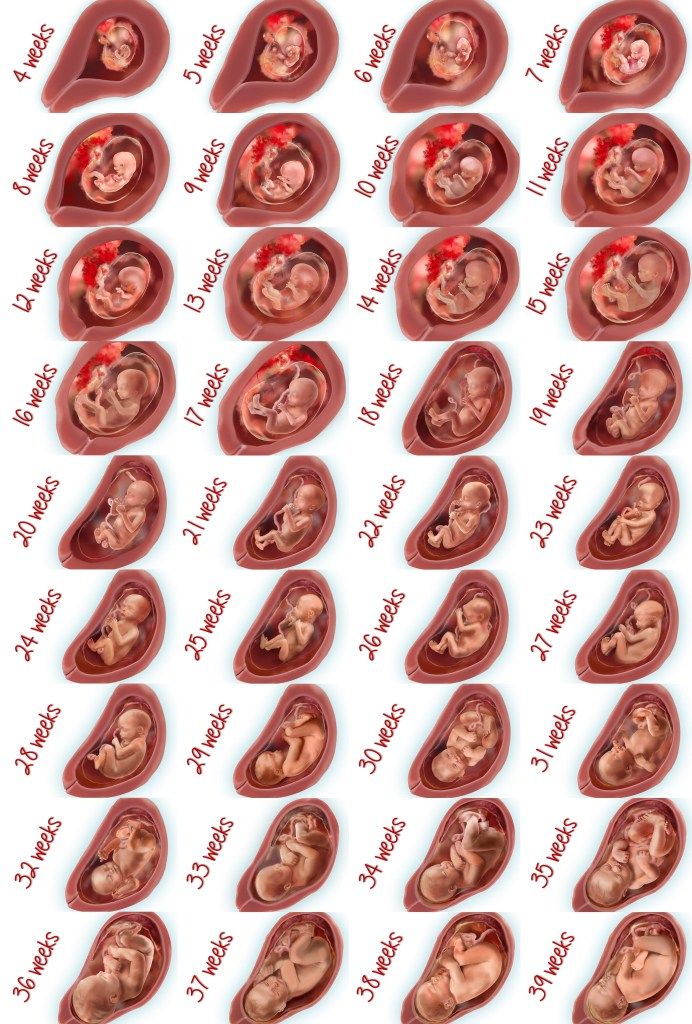
Monk and her colleagues invited pregnant women with depression or anxiety, as well as pregnant women without mood disorders (as a control group) into the laboratory. They were connected to devices that measure breathing, heart rate, blood pressure and nervous system arousal levels, as well as the movements and heart rate of their fetuses.
Both groups were then asked to solve difficult problems to cause moderate stress. In children of depressed or anxious women, according to the results of measurements, the physiological signs of stress were more pronounced. “This difference suggests that their babies are more sensitive to stress already in the womb,” says Monk. “Perhaps this is due to a genetic predisposition inherited from the parents. nervous system."
Monk explains that a woman's heart rate and blood pressure or their stress hormone levels can affect the intrauterine environment during the nine months of pregnancy, affecting a person's first environment and thereby shaping their development. The differences Monk found seem to persist after birth. And, perhaps, affect the temperament of children.
The differences Monk found seem to persist after birth. And, perhaps, affect the temperament of children.
"We know that some people are genetically predisposed to conditions such as depression and anxiety," says Monk. But it is possible that the intrauterine environment is a third route, as yet a poorly understood route of transmission of the disease."
Tastes and eating habits
In the womb, food reaches the baby through the umbilical cord, so he cannot taste certain foods. But tastes and smells seep into the amniotic fluid that envelops the baby. Scientists have determined that at 24 weeks from conception, the fetus can already distinguish full-fledged aromas.
In a recent study by the Durham University Fetal and Neonatal Laboratory in the UK, the authors performed ultrasound scans on 100 pregnant women. They tried to see how unborn babies reacted to the flavors of the foods their mothers ate, in particular carrots and cabbages.
Related
The fetal response was assessed using stereotypical facial expressions that usually indicate the fetal mood. It turned out that babies in the womb are already quite able to evaluate food in terms of its taste. Thus, those who "tasted" carrots showed more reactions of pleasure, while those who got cabbage were more likely to make a "crying grimace."
It turned out that babies in the womb are already quite able to evaluate food in terms of its taste. Thus, those who "tasted" carrots showed more reactions of pleasure, while those who got cabbage were more likely to make a "crying grimace."
When it comes to early age, the first acquaintance breeds affection. Apparently, this is also true for food. In one past experience with mothers who drank a lot of carrot juice during pregnancy and lactation, the children also liked carrots.
There are certain foods that children absolutely love, because that's how our brain works. For example, sugar, which has been evolutionarily associated with high-calorie foods (and therefore contributed to satiety and survival). After the pregnant woman has eaten something sweet, the fetus swallows much more amniotic fluid than it would if she had eaten something bitter.
The same applies to fatty foods. We like it from the very first days of life, as well as sweet. But you can influence how much fatty food the brain wants to receive. Mothers who eat a lot of fat during pregnancy have children who need more fat to keep the reward centers in the brain especially active.
Mothers who eat a lot of fat during pregnancy have children who need more fat to keep the reward centers in the brain especially active.
Likewise, addiction to alcohol and tobacco, as well as cravings for unhealthy foods, can develop. The brain of a child (above all, the reward center) is just being formed, and during pregnancy it is especially sensitive to frequent activation. And if we don't yet know how big a role a mother's lifestyle plays, one thing is for sure - any kind of abuse will not go unnoticed.
Anton Soldatov
What does the child do while he is in his mother's stomach
17 August 2018
In 9 months, a child goes a long way from a tiny embryo to a chubby baby and already in the womb acquires some features that will stay with him for life: for example, you can understand whether he will become right-handed or left-handed and what kind of food will prefer. In a fairly short period of time, a lot of interesting things happen to a child, and today we invite you to go through the path from birth to birth with your baby.
1st trimester of pregnancy
1st–2nd week
So the long journey began. For the first 4 days, the future person is smaller than a grain of salt - its size is only 0.14 mm. However, starting from the 5th day, it begins to grow and by the 6th it almost doubles - up to as much as 0.2 mm. On the 4th day, the embryo "comes" to where it will spend the next 9 months - into the uterus, and on the 8th day it is implanted in its wall.
3rd–4th week
© EDITORIAL USE ONLY/East News
Embryo at the 4th week of pregnancy.
Around the 20th day of pregnancy, a very important event occurs: the neural tube appears, which will then turn into the spinal cord and brain of the child. Already on the 21st day, his heart begins to beat and all important organs, such as the kidneys and liver, begin to form. The eyes have not yet taken their usual position - the bubbles from which they will then take shape are located on the sides of the head. By the end of the 1st month, the embryo has a circulatory system, and the spine and muscles begin to develop.
By the end of the 1st month, the embryo has a circulatory system, and the spine and muscles begin to develop.
5th–6th week
© EDITORIAL USE ONLY/East News © lunar caustic/wikimedia
At the 5th week, the hands appear in the embryo, however, the fingers are still very difficult to distinguish, but in the joints the arms and legs are already bent. It was at this time that the external genitalia begin to form, but it is not yet possible to see on an ultrasound whether it is a boy or a girl. By the way, since its appearance, the embryo has grown a lot - it has increased by as much as 10 thousand times. Already now, the baby's face is beginning to form, and the eyes, which will be closed for a very long time, darken, becoming more human-like.
7th–8th week
The 7th week of pregnancy is the time when the baby begins to move, however, so far completely unnoticed by the mother, and the fingers and toes become almost the same as in adults. At this stage, the rudiments of milk teeth appear in the embryo and the reproductive system develops, and the kidneys begin to produce urine. Despite the fact that the growth of the fetus is only 2.5 cm, it acquires its own facial expressions, it has eyelids, and the tip of the nose becomes more defined.
At this stage, the rudiments of milk teeth appear in the embryo and the reproductive system develops, and the kidneys begin to produce urine. Despite the fact that the growth of the fetus is only 2.5 cm, it acquires its own facial expressions, it has eyelids, and the tip of the nose becomes more defined.
9-10 weeks
© lunarcaustic/wikimedia
Baby at 9-10 weeks of gestation.
By this time, the baby has already grown well - its weight is 4 grams, and its height is 2-3 cm. Despite its tiny size, the brain is already divided into two hemispheres, and milk teeth and taste buds are beginning to form. The baby's tail and membranes between the fingers on the hands disappear, he begins to swim in the amniotic fluid and move even more actively, although still unnoticed by the mother. It was at this time that the child's individual facial features appear, and hair begins to grow on the head.
11–12 weeks
At this time, the genital organs are formed in the child, so it is already possible to find out his sex on an ultrasound scan, although the probability of an error is still high. The child still looks a little alien: he has a big head and a small body, but his face is more and more like an adult. The ears are almost in the right position, eyebrows and eyelashes appear. The cartilage that makes up the skeleton gradually ossifies, new blood vessels appear, and hormone production begins. By the way, the baby has already grown up to 6 cm and weighs about 20 grams.
The child still looks a little alien: he has a big head and a small body, but his face is more and more like an adult. The ears are almost in the right position, eyebrows and eyelashes appear. The cartilage that makes up the skeleton gradually ossifies, new blood vessels appear, and hormone production begins. By the way, the baby has already grown up to 6 cm and weighs about 20 grams.
13-14 weeks
Baby at 14 weeks pregnant.
Despite the fact that the child's head is half the length of the entire body, the face is more and more reminiscent of an adult, and the rudiments of all 20 milk teeth have already been formed in the oral cavity. The child is already able to put his finger in his mouth, but he will learn to suck a little later. Due to the active formation of blood vessels, the baby's skin is red and very thin, so vellus hair appears on the body - lanugo, which is necessary to maintain a special lubricant that protects against hypothermia.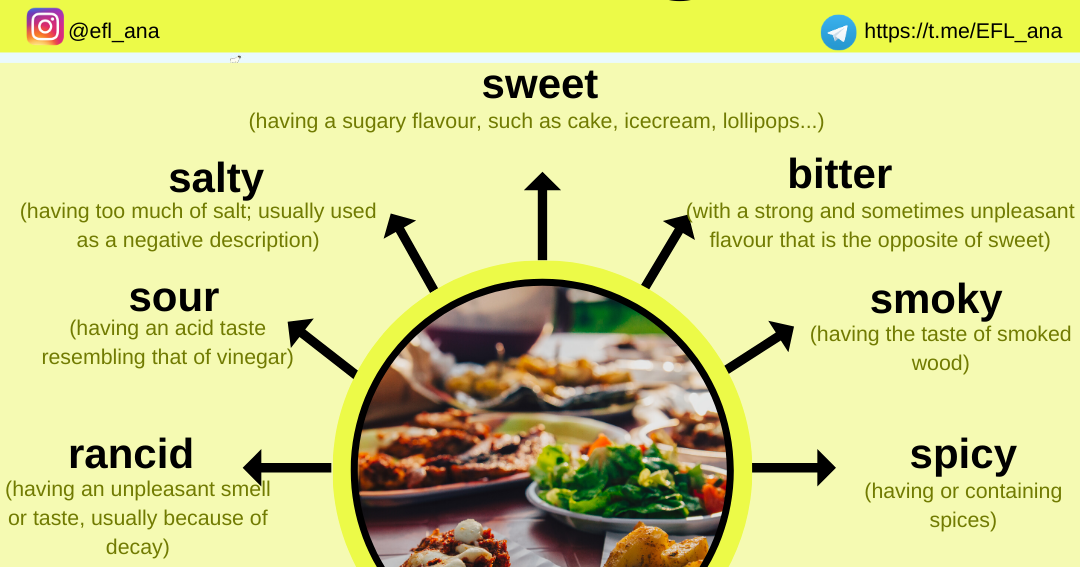
2nd trimester of pregnancy
15th–16th week
By the 15th week, the baby has grown to 10 cm and is gaining weight - now he weighs about 70 grams. Despite the fact that the eyes are still quite low, the face is already quite recognizable, moreover, the child begins to “make faces”, since the facial muscles are well developed. By this time, he already knows how to suck his thumb, and the sebaceous and sweat glands begin their work.
17th–18th week
And finally, the child's auditory canals are formed, so he begins to distinguish sounds well and hears the mother's voice, moreover, he is able to recognize it. In addition to the milk teeth, the embryos of the molars also appear, the bones are finally formed and begin to harden. By the way, the bones of the skull will remain mobile until birth - when passing through the birth canal, they will overlap each other to make it easier for the baby to be born.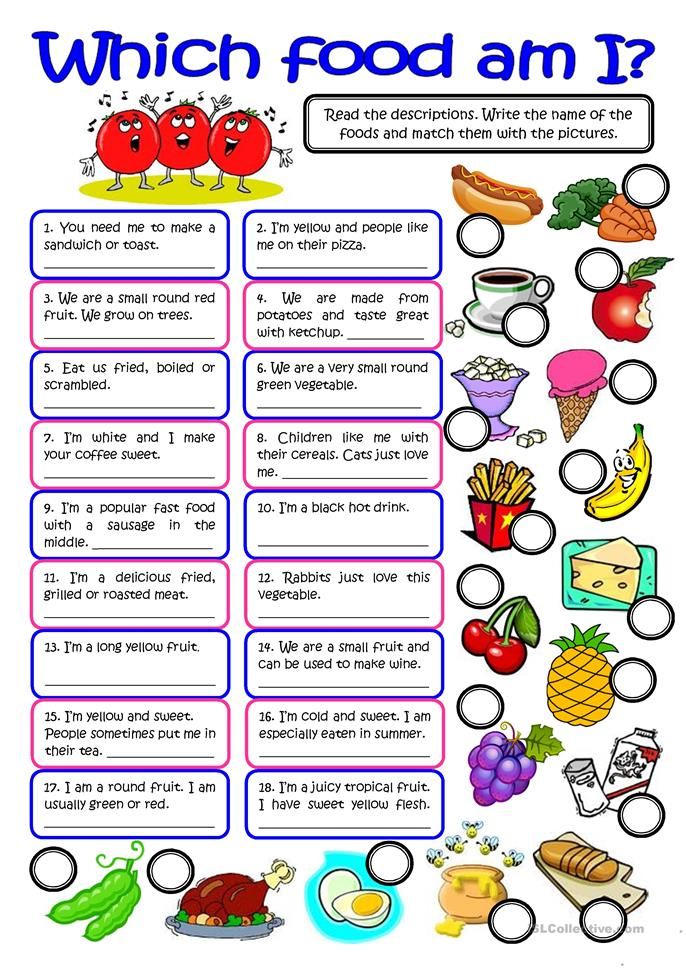 But the mother is finally beginning to feel the movements of the child, who has grown to 14 cm and 190 grams.
But the mother is finally beginning to feel the movements of the child, who has grown to 14 cm and 190 grams.
19th–20th week
Baby at 20 weeks pregnant.
Despite the fact that the child's eyes are still closed, he is already well oriented in the surrounding space. Moreover, now you can understand whether the child will be right-handed or left-handed, because right now he begins to use his dominant hand more actively. Fingerprints appear on the baby's fingers - another unique sign of each of us. By the way, the child is already beginning to gradually distinguish day from night and is active at a certain time.
21–22 weeks
The 21st week is the time when the baby begins to gain weight due to the formation of subcutaneous fat. Soon, the folds that newborns have will appear on his arms and legs. On the 22nd week, those neurons are formed in the brain that will be with a person all his life. Very soon the child will open his eyes, he is already trying to do this, and the eyeballs move almost like an adult.
23–24 weeks
At 23 weeks, the baby may begin to dream, and his face is so formed that an ultrasound can determine whose facial features he has inherited. His skin becomes opaque, his eyes open, and the child can already react to light, moreover, bright flashes can scare him. By the 24th week, the baby grows to almost 30 cm, and its weight reaches 0.5 kg.
25th–26th week
At this time, the taste buds of the child are finally formed and, tasting the amniotic fluid, he can frown if he does not like it. By the way, this is how eating habits are formed - already in the womb we have our favorite and unloved foods. Very soon the child will learn to blink and can already see a little, however, so far it is very, very vague.
3rd trimester of pregnancy
27th–28th week
Baby at 27–28 weeks of gestation.
If you do an ultrasound at this time, you can see how the baby smiles and intensively sucks his thumb. At this time, the baby has the first "toy" - his own umbilical cord, and he actively studies his body. At the end of the 7th month of pregnancy, the child develops an individual metabolism, which he will have all his life. The baby is already quite large - his weight reaches 1.2 kg, and his height is 35 cm.
At this time, the baby has the first "toy" - his own umbilical cord, and he actively studies his body. At the end of the 7th month of pregnancy, the child develops an individual metabolism, which he will have all his life. The baby is already quite large - his weight reaches 1.2 kg, and his height is 35 cm.
29th-30th week
© East News
Baby at 30 weeks pregnant.
The layer of subcutaneous fat is increasing, and the baby is becoming more and more plump and well-fed. In addition, he already knows how to cry, cough, and even sometimes hiccups - this happens, most likely, when he swallows too much amniotic fluid. By the 30th week, the baby's brain is already so developed that it is quite capable of remembering and even analyzing information.
31–32 weeks
At this time, a person has all 5 senses, and his daily routine is more and more reminiscent of the one he will follow after birth. The child hears the work of all the organs of the mother, knows her voice perfectly, thanks to which, immediately after birth, he is able to distinguish her from all other people. The baby's immune system begins to produce antibodies that will protect him from all kinds of infections that may lie in wait in the first days and months after birth.
The child hears the work of all the organs of the mother, knows her voice perfectly, thanks to which, immediately after birth, he is able to distinguish her from all other people. The baby's immune system begins to produce antibodies that will protect him from all kinds of infections that may lie in wait in the first days and months after birth.
33–34th week
And finally, subcutaneous fat is already formed, and lanugo disappears from the body of the fetus. By this time, the baby has grown a lot - the length of his body reaches 40 cm, and the weight is very close to or even exceeds 2 kg. The baby's nervous system is already fully formed, but the lungs are still developing.
35th–36th week
© East News
A child yawns. 3D ultrasound at 36 weeks pregnant.
At this time, the child looks almost exactly the same as when he was born. He is still quite thin, but the layer of subcutaneous fat is increasing more and more intensively. However, his hair and nails are already fully developed, and he himself becomes so big that he has almost no room to maneuver, so he can move less than in earlier stages.
However, his hair and nails are already fully developed, and he himself becomes so big that he has almost no room to maneuver, so he can move less than in earlier stages.
37–38th week
And finally, the process of forming a person has finally ended - now he is completely ready for birth, and obstetricians consider the pregnancy to be full-term. Lanugo completely disappears from his body and can only sometimes remain on his arms and legs. Since there is almost no space left in the uterus, it may seem to the mother that the child has begun to move more intensively, but in fact the force of the blows has increased, because the child's muscles have already completely formed and strengthened.
39-40 weeks
© depositphotos.com
The first minutes after birth.
The lungs of a child continue to form until the very birth, and only at the time of birth they release the right amount of surfactant - a substance that prevents the alveoli from sticking together after the first independent breath.











